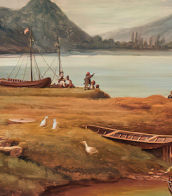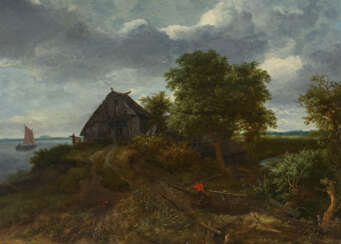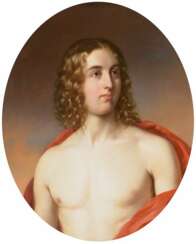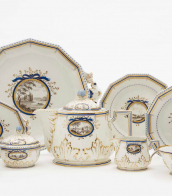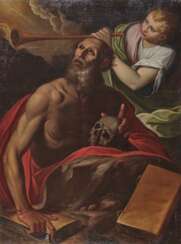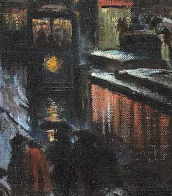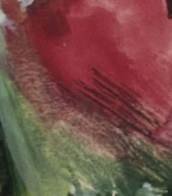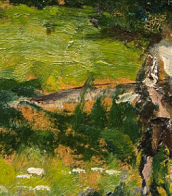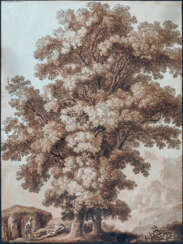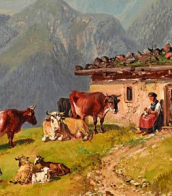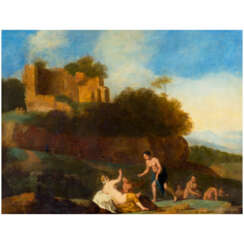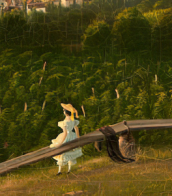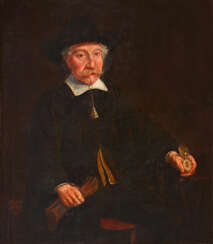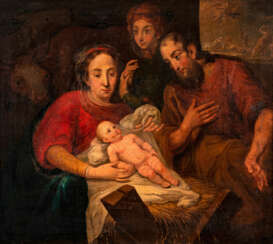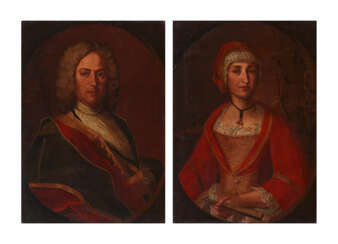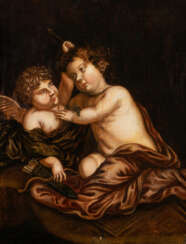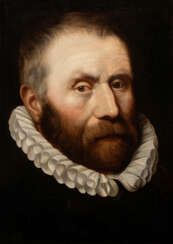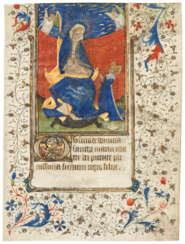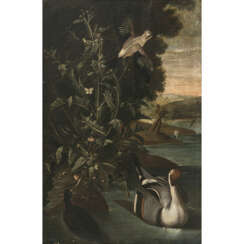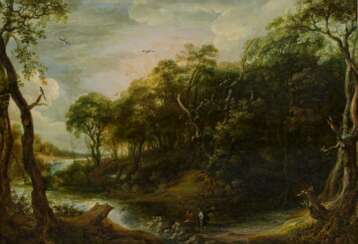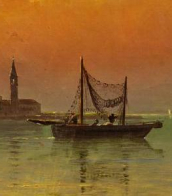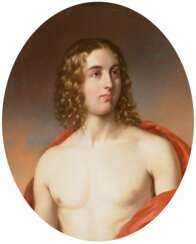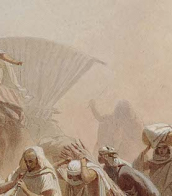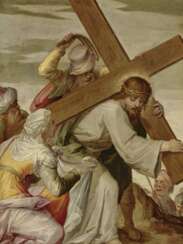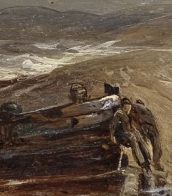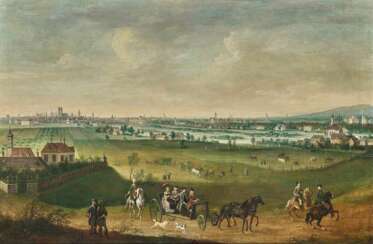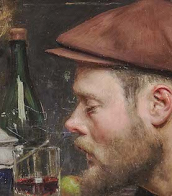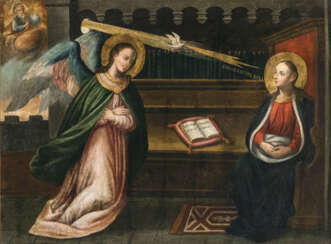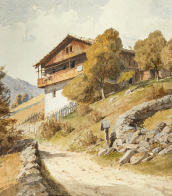malerei des 15. bis 18. jahrhunderts

Jacob van Ruisdael, a preeminent Dutch painter, etcher, and draughtsman of the 17th century, is celebrated for his masterful landscape paintings, which significantly influenced the course of Western landscape art. Born around 1628/29 in Haarlem, Netherlands, into a family of artists, Ruisdael was an integral part of the Dutch Golden Age of painting.
Although the specifics of his training are unclear, it's believed that he was influenced by his father, uncle, and other local Haarlem landscapists like Cornelis Vroom and Allaert van Everdingen. Ruisdael's works are renowned for their dramatic depictions of Dutch landscapes, combining detailed natural observation with a monumental composition style. His paintings often feature striking forest scenes or sweeping panoramic views of cities like Haarlem.
Ruisdael's oeuvre spans a wide range, from serene forest scenes and turbulent seascapes to bustling cityscapes and desolate ruins. His handling of light and atmosphere in these settings is particularly noteworthy, adding a dramatic and emotional depth to the landscapes.
Some speculation surrounds Ruisdael's life, including the possibility of him practicing medicine in Amsterdam; however, this remains a topic of debate among historians. His travels seem to have been limited within the Netherlands and possibly to Germany, but he never visited Scandinavia, despite painting numerous Norwegian landscapes.
Today, Ruisdael's works are held in high esteem and are a part of major collections worldwide, including the National Gallery in London, the Rijksmuseum in Amsterdam, and the Hermitage Museum in St. Petersburg. Notable works include "The Jewish Cemetery," "View of Haarlem with Bleaching Grounds," and "Bentheim Castle," all showcasing his characteristic treatment of nature and light.
For art enthusiasts and collectors, Ruisdael's works offer a profound insight into the landscape painting of the Dutch Golden Age. His influence extends across various art movements and continues to be celebrated in the art world. Those interested in his work are encouraged to explore collections in renowned museums and keep informed about new sales and auction events related to Ruisdael's artworks.
For those with a keen interest in the works of Jacob van Ruisdael and the rich heritage of Dutch landscape painting, there is an exclusive opportunity to stay connected with the latest developments in this field. By subscribing to our updates, you will receive timely information on new product sales and auction events specifically related to the art of Jacob van Ruisdael. This service is particularly valuable for collectors and experts in art and antiques, offering insights into available pieces and upcoming opportunities to acquire works from this influential artist.

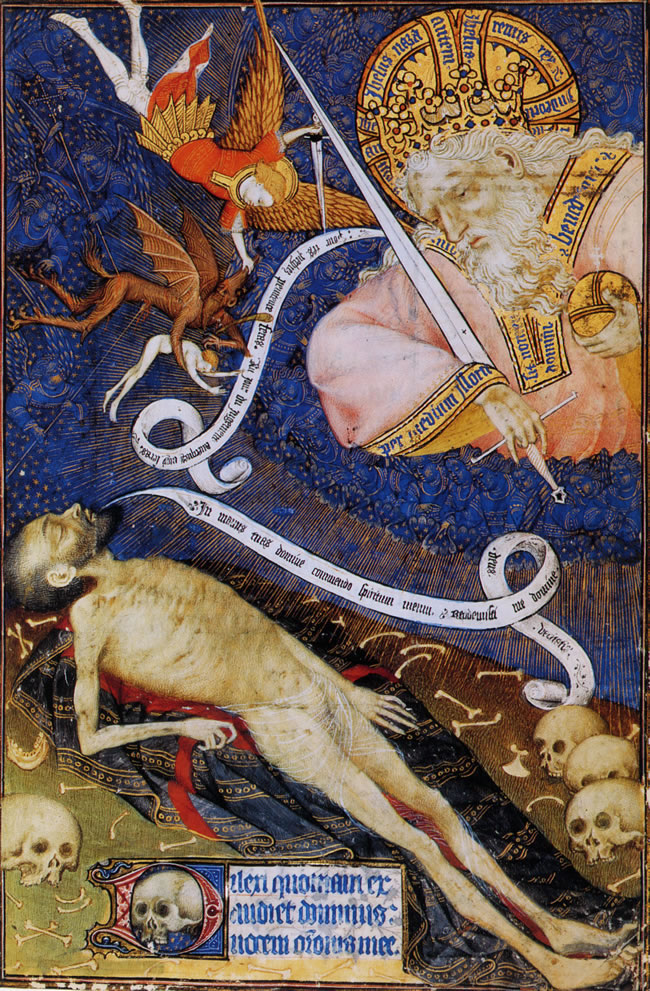
The Rohan Master is the name given to an unknown French illustrator in honor of his participation in the work on the manuscript known as the Rohan Clock.
The artist worked in the first half of the 15th century. He is known to have worked as a young man in the Champagne region of France and then moved to Paris around 1415-1420, where he established a large studio and collaborated with other illustrators. His work during this period included not only books of hours but also several secular manuscripts.
The influence of the Parisian artists of the time, Master Boucicault and the Limbur brothers, can be felt in the work of Master Rohan, but his style is characterized by an extraordinary expressiveness.

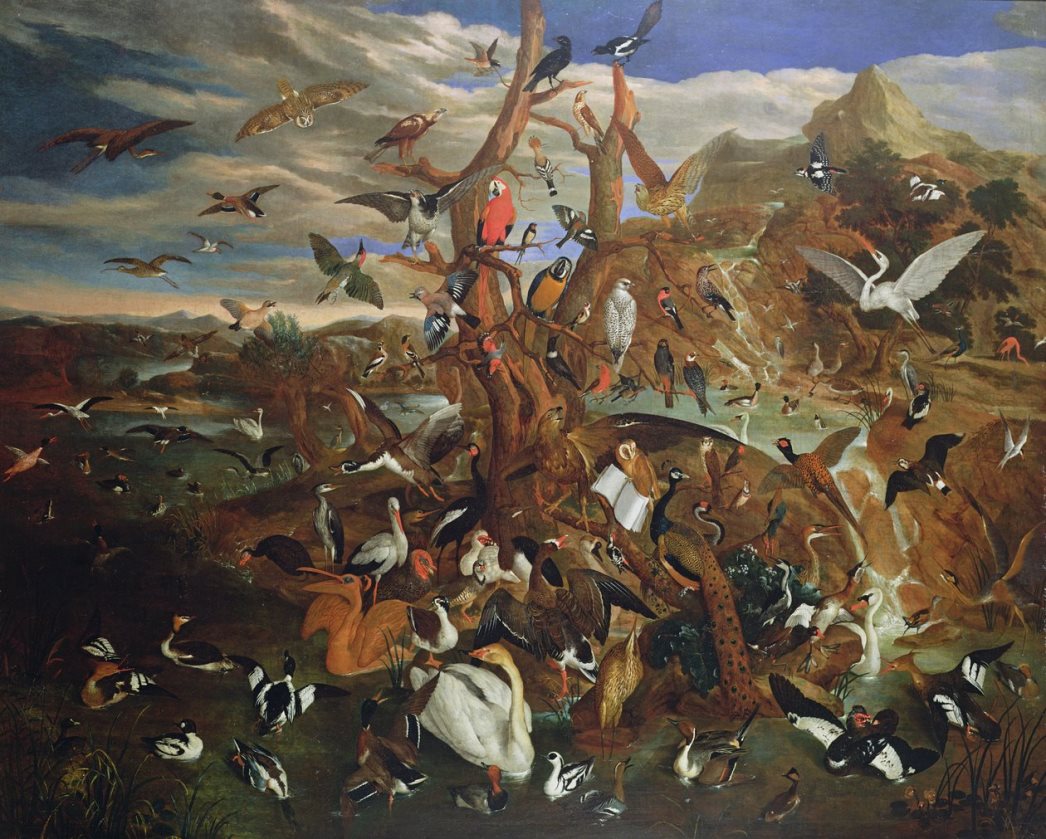

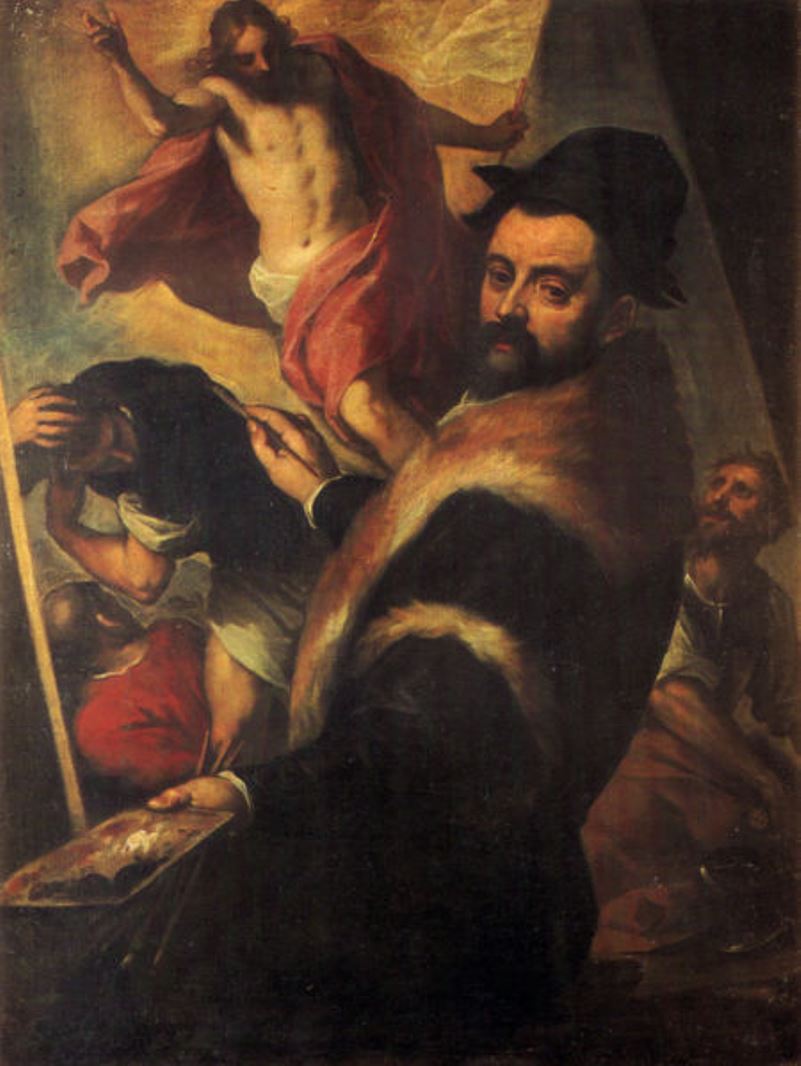
Iacopo Negretti, best known as Jacopo or Giacomo Palma il Giovane or simply Palma Giovane ("Young Palma"), was an Italian painter from Venice and a notable exponent of the Venetian school. After Tintoretto's death (1594), Palma became Venice's dominant artist perpetuating his style. Outside Venice, he received numerous commissions in the area of Bergamo, then part of the Venetian Domini di Terraferma, and in Central Europe, most prominently from the connoisseur emperor Rudolph II in Prague. Rejecting Mannerism in the 1580s, he embraced a reformist naturalism.[6] He varied the ingeniously synthesised amalgam according to subject matter and patrons' own eclectic and conservative tastes, with "virtuoso skill and a facile intelligence". Palma il Giovane went on to organize his own, large studio which he used to produce a repetitive series of religious and allegorical pictures that can be found throughout the territory of the Venetian Republic.
